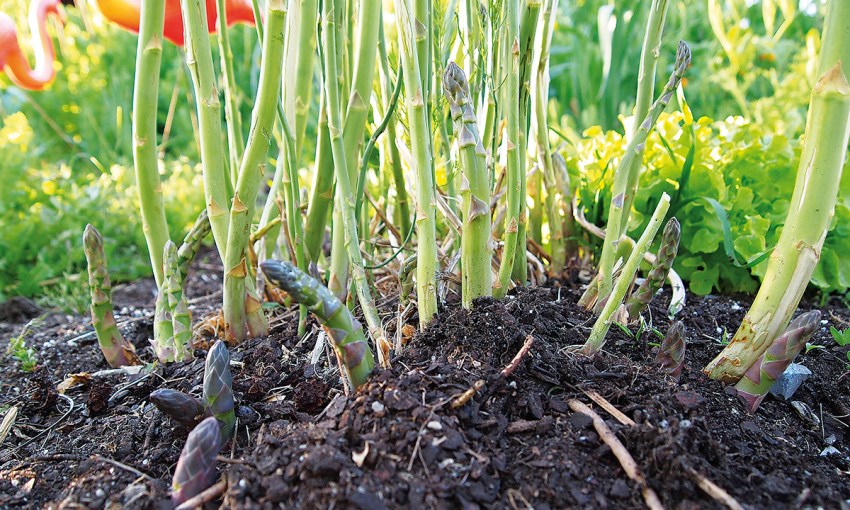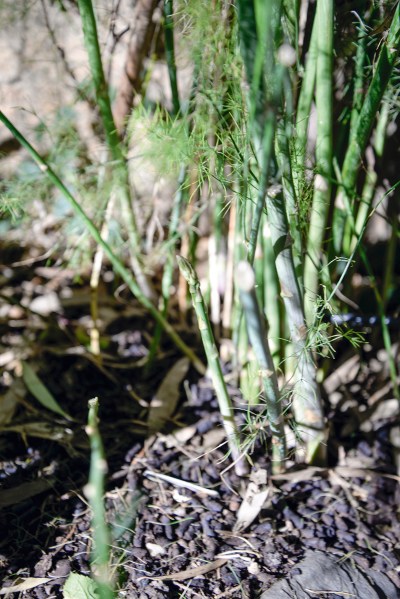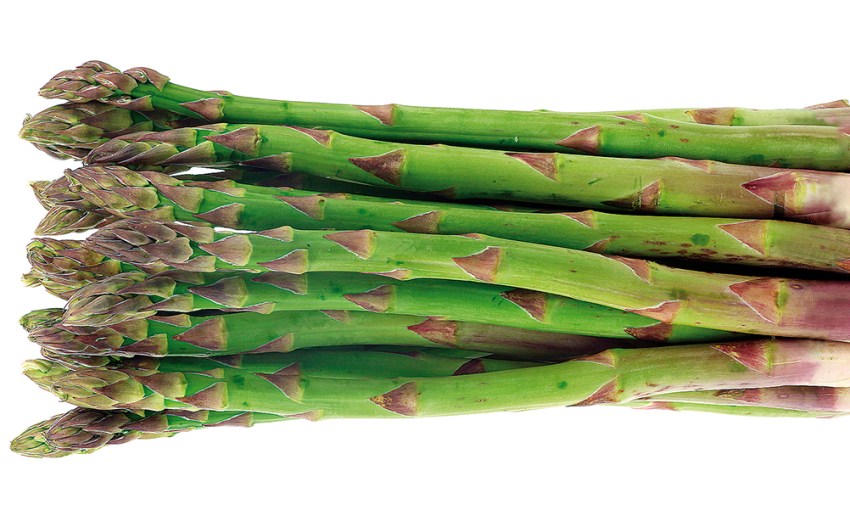It takes a long-term commitment to grow asparagus at home, but the reward of freshly-picked spears is worth the effort.
How to grow asparagus
Asparagus is unique in the vegetable world. It’s dioecious, meaning there are male and female plants. The female produces red berries and self-seeds prolifically but, because energy is spent elsewhere, the spears tend to be thin and more coarse to eat. Hence the male plant is usually grown to produce thicker, more tender spears. It’s also a long-term investment; the perennial crop must be planted where it can remain undisturbed for extended periods. Plants can live for more than 20 years and are well suited to South Australia as they need a cold, dormant period in their growth cycle. They’re relatively pest free and among the various varieties available, Mary Washington is one of the most popular.
Winter
Asparagus enjoys a cool winter, and should be planted in the middle of the season. To feed the average family, 15 plants are needed, and crops will increase in yield year-on-year.
Select an area in the garden that has access to full sun, and plant in trenches 35 to 45 centimetres deep. Backfill to 25 centimetres using a mixture of soil and aged manure. It can be planted from seeds or crowns, but expect to wait two to three years before harvest if planting from seed. Crowns will produce more quickly with the first harvest dependent on the age of the crowns. Loosen the roots before planting, cover with soil and water well. Apply a layer of pea straw to protect from frost.

Spring
Keep the soil moist as rain becomes less frequent and feed with Complete D toward the end of the season to keep up nutrients. You may be harvesting early spears before summer.
Summer
Asparagus is in peak growing season and the harvesting of mature crops will be steady. Take advantage with regular watering and feed every two to three weeks with a liquid fertiliser. Try to do this on days when it’s below 30C. Harvest with a knife, cutting approximately five centimetres below the surface.
Regular picking promotes new growth, but remember to leave at least half a dozen spears to keep the plant healthy.
 Autumn
Autumn
Established plants will begin to yellow off and should be cut down before adding aged mulch such as lucerne or pea straw to the soil, ready for the next growing season.
This story first appeared in the winter 2018 issue of SAGardens & Outdoor Living.



